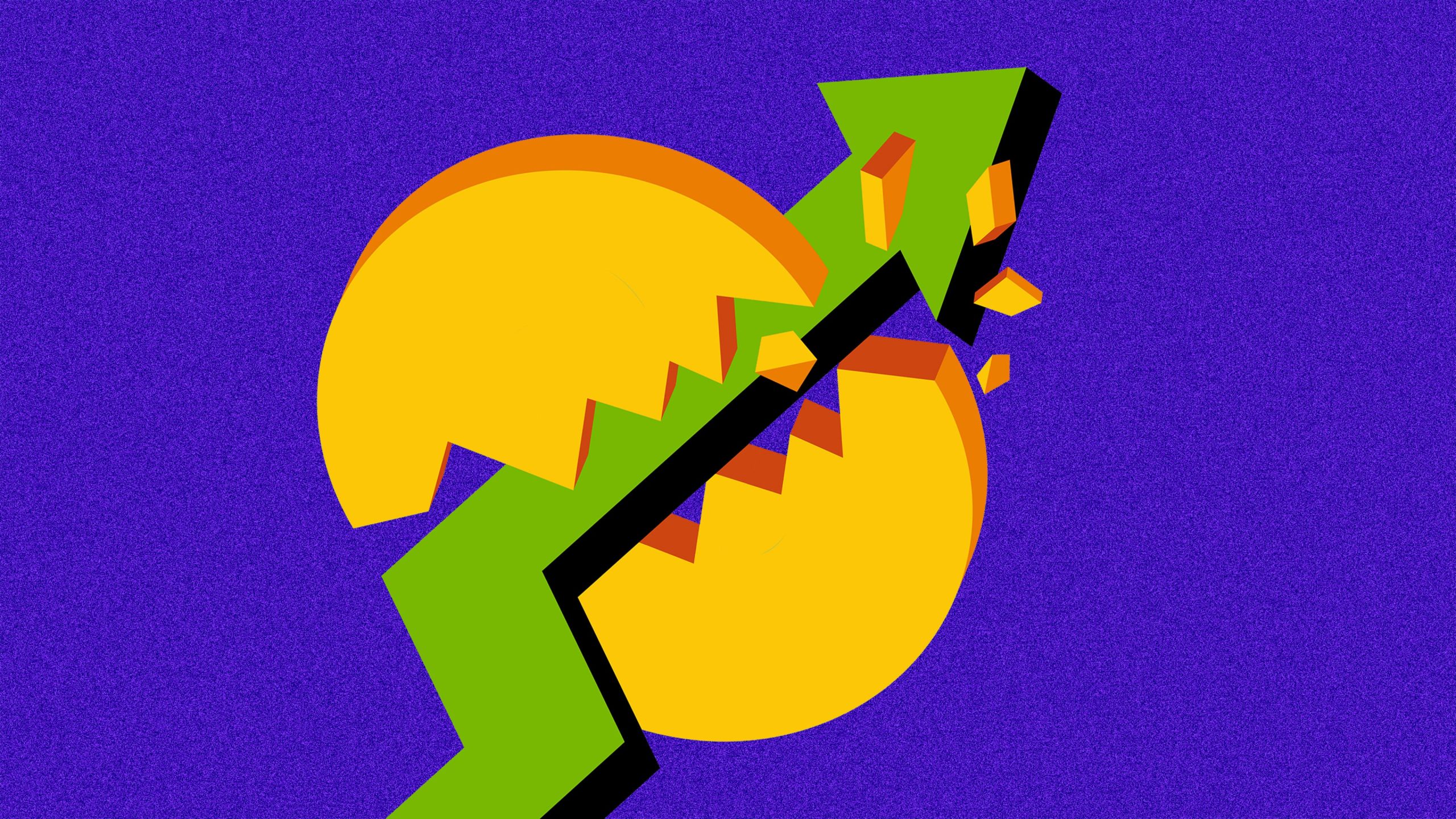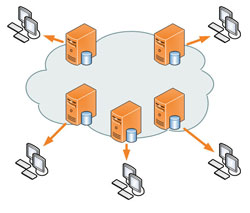Here’s what experts predict will happen with Nvidia’s stock split
The share decision can sometimes backfire, but will Nvidia be able to avoid those risks?
Nvidia is one of the hottest stocks out there, but the chipmaker is undergoing a significant shift: The company that is nearly single-handedly powering the current generative AI revolution is set to split its stock by a factor of 10 to 1.
The split takes place on Friday and will involve holders of shares in the computer chipmaker, whose graphical processing units (GPUs) are fought over by companies including OpenAI and Elon Musk’s xAI in order to power their generative AI goals, seeing the number of shares they hold multiply by 10—though the value ought to remain roughly the same.
“Companies often perform stock splits to make their stock more accessible to a wider range of investors,” says Sam North, market analyst at investment platform eToro. “When a stock’s price gets too high, it can become difficult for some investors to purchase whole shares.” And Nvidia perfectly fits that bill, having undergone a 3,200% share price increase in the past five years.
“When a stock’s price per share increases, it might seem costly to smaller investors, and dividing the stock lowers the price by increasing the number of shares, which makes it psychologically more attractive,” says Kate Leaman, chief market analyst from AvaTrade. Leaman points out that stock splits are often seen as a sign of strength of a company because they suggest the share price has been performing well.
Executives need to carefully consider the tradeoffs between the positives and negatives that can ensure from a stock split. “They must weigh the possible benefits, like increased liquidity and broader ownership base against the costs of executing a split,” says Leaman. “The decision typically involves assessing whether the split aligns with the company’s strategy? in the long term.”
The reason for carefully mulling over what to do is because the stakes are high. There are risks involved with such a significant change—and stock splits can sometimes backfire. “For example, the stock’s price may not recover to the pre-split level, and it may not attract new investors as hoped,” says North. “Also, there are costs associated with executing a stock split, including administrative and regulatory expenses.” That said, this is not Nvidia’s first stock split—and both North and Leaman believe that the company is likely to come out of the transition stronger, not weaker.
But Nvidia is taking measures to ensure the small risk of something going wrong is avoided as much as possible. “In addition to the split, Nvidia is also boosting its quarterly dividend by 150%, which will now be about 1 cent per share post-split,” says Leaman. “This increase is another way Nvidia is trying to appeal to more investors by offering a better return on their investments.”
And prior precedent is on their side. “Historically, well-performing companies that have conducted stock splits often see continued growth in their stock price, provided they maintain strong operational and financial performance,” says North. With the AI sector still in the throes of a full-on boom, it seems likely that Nvidia’s stock split will encourage other ordinary investors to jump in—pushing the share price even higher.

ABOUT THE AUTHOR
(30)
Report Post





